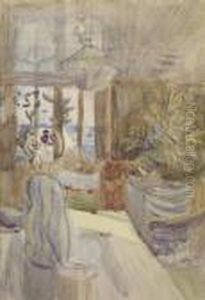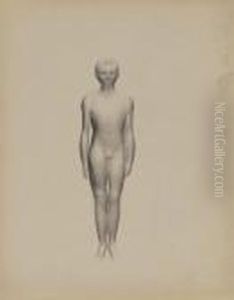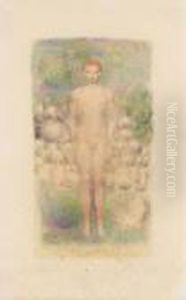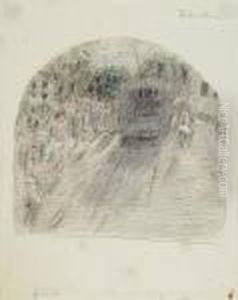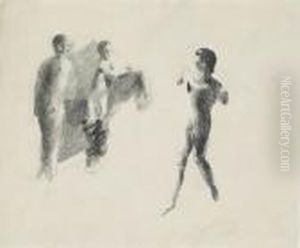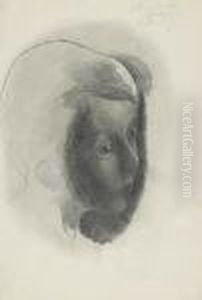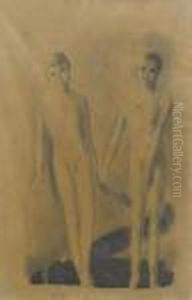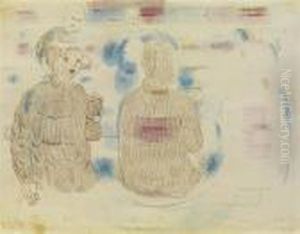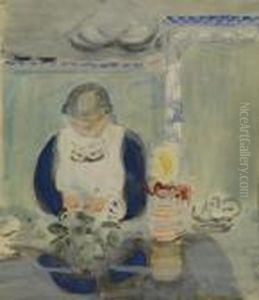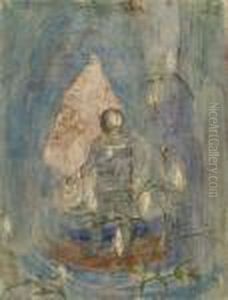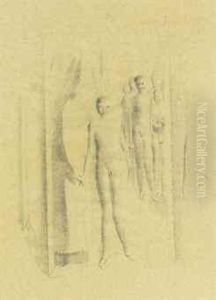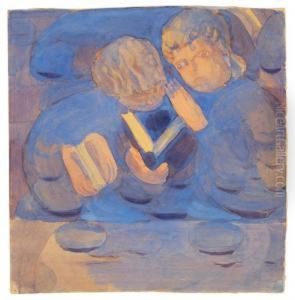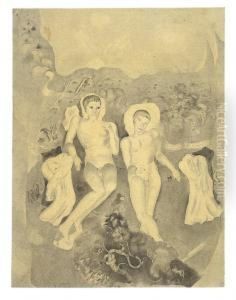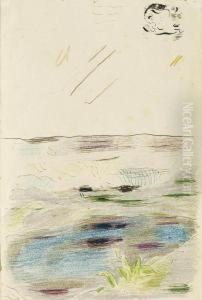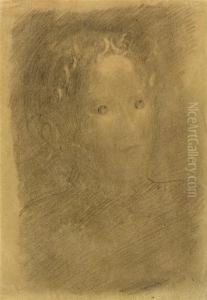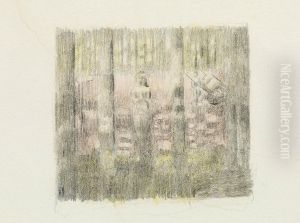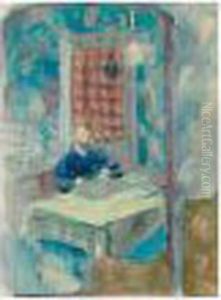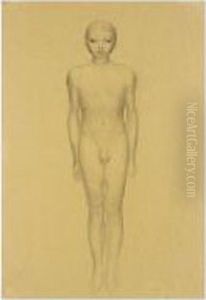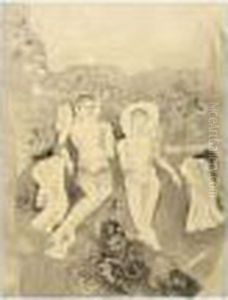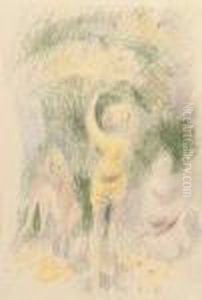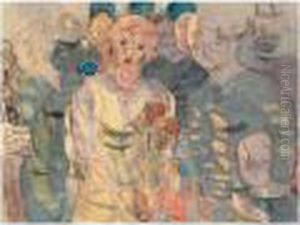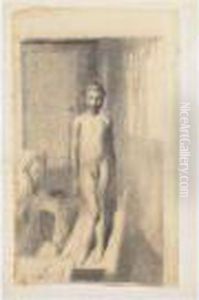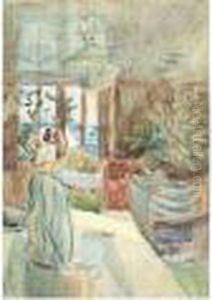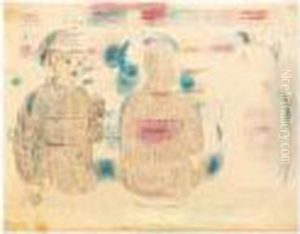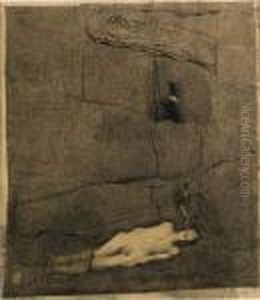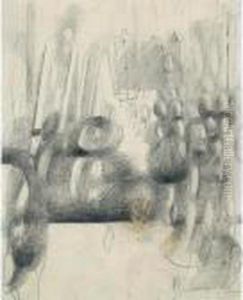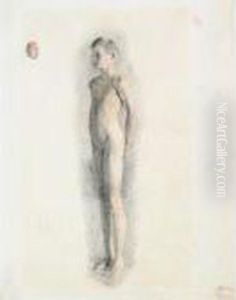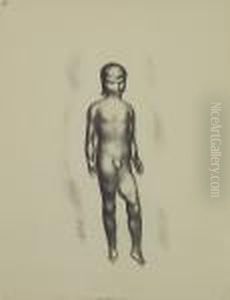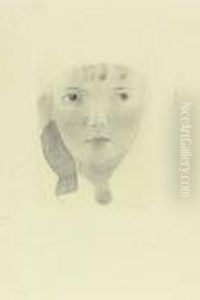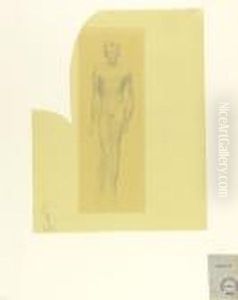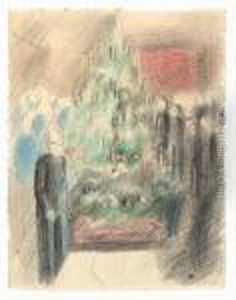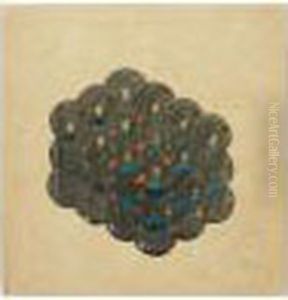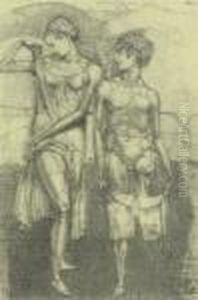Otto Friedrich Meyer-Amden Paintings
Otto Friedrich Meyer-Amden was a Swiss artist known for his delicate and introspective works that spanned drawing, watercolor, and oil painting. Born on September 20, 1885, in Bern, Switzerland, Meyer-Amden grew up in an environment that fostered his artistic inclinations. He began his formal artistic education at the Kunstgewerbeschule (School of Applied Arts) in Zurich. In 1905, he went on to study at the Academy of Fine Arts in Stuttgart, where he was influenced by the teachings of Adolf Hölzel, who emphasized the importance of composition and abstraction.
Meyer-Amden's style evolved significantly over the years. Early in his career, he was influenced by Symbolism and Art Nouveau, which were prevalent in European art circles at the time. His work from this period often features ephemeral, dream-like scenes and a soft, muted palette. However, as he developed his own voice, Meyer-Amden began to focus on more intimate subjects, such as scenes of domestic life, interior spaces, and self-portraits. His compositions became more structured, with a greater emphasis on geometric forms and a reduction of detail, which brought a sense of timeless universality to his work.
Despite his artistic talents, Meyer-Amden was not widely known during his lifetime. He led a somewhat reclusive life, which, combined with his meticulous and slow working process, meant that his oeuvre was relatively small. Nonetheless, his work was highly respected by those who knew it, including his contemporaries and later generations of artists and critics. Meyer-Amden's approach to painting and drawing, with its quiet intensity and rigorous composition, has been seen as a precursor to certain aspects of modernism.
Otto Friedrich Meyer-Amden's health deteriorated in the early 1930s, and he passed away on June 19, 1933, in Zurich, leaving behind a legacy that would only be fully appreciated posthumously. His work has since been the subject of several exhibitions, and his influence can be traced in the works of subsequent Swiss and European artists. Today, Meyer-Amden is recognized for his contribution to the development of modern art and for his unique ability to capture the subtleties of human experience and emotion through a reduced and refined visual language.
